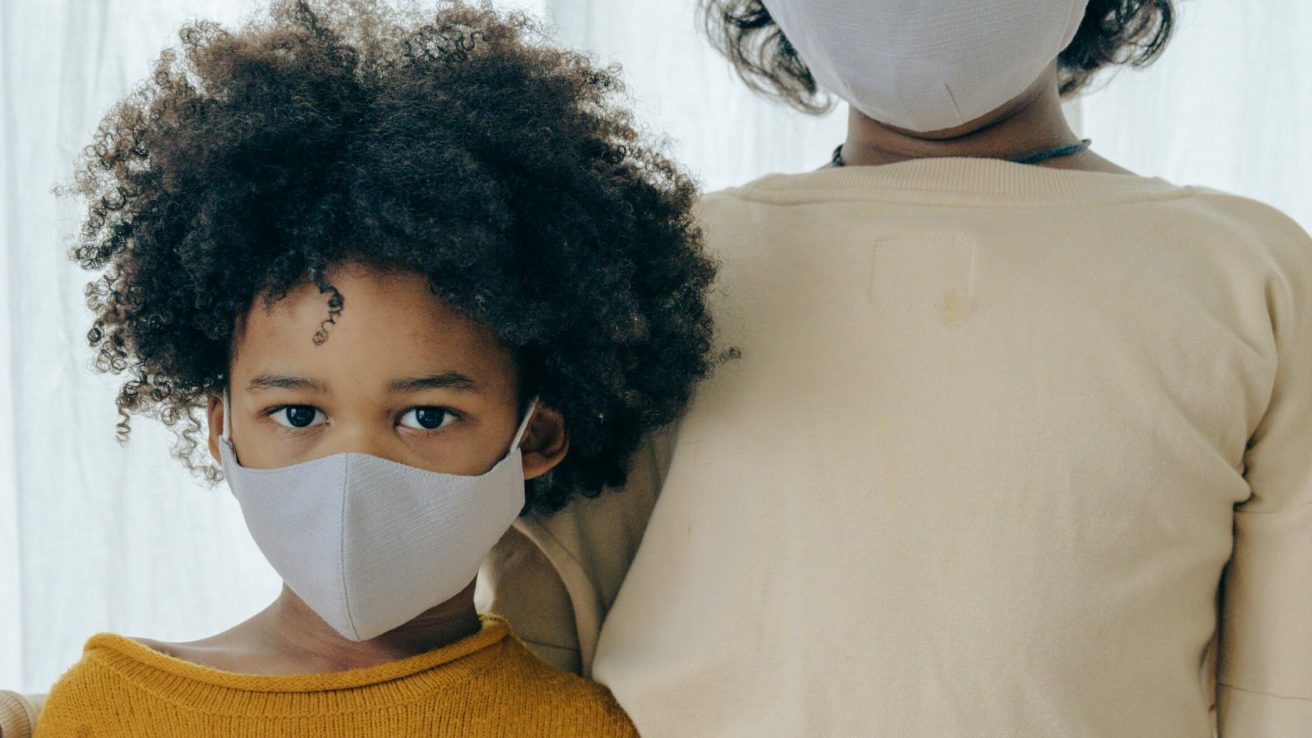Childhood asthma exacerbations were reduced during the early months of the COVID-19 pandemic. Continuing telehealth services as children resume typical activities will be vital to managing asthma.
- Asthma is the most common respiratory condition in children.
- Acute asthma exacerbations were reduced in the first year of the COVID-19 pandemic.
- Reduced asthma exacerbations may be explained by lockdowns reducing children’s exposure to triggers.
- Continuing to expand telehealth will improve treatment for children with asthma.
Asthma is the most common pediatric condition, with 1 in 12 children affected in the United States. Asthma increases the risk for respiratory viral infections, like those caused by COVID-19, and those with asthma may experience worse symptoms if they contract such respiratory illnesses.
Reduced Asthma Exacerbations During the Pandemic
Retrospective studies from data in Boston, Philadelphia, and Washington, D.C. found surprising patterns in emergency care during the early months of the COVID-19 pandemic. In 2020, fewer children used emergency care services due to asthma exacerbations compared to previous years. Those who did seek urgent care, however, were more likely to be hospitalized, demonstrating an urgency in those who were utilizing services.
Reduced asthma exacerbations could be explained by a reduction in asthma triggers. For example, children spent less time outside during the first year of the pandemic due to stay-at-home orders. Physical activity and air pollution are two common triggers for asthma. In addition to spending less time engaged in activity, the early pandemic came with better air quality in many countries. There were also fewer non-COVID respiratory viruses spreading, which could have also protected children from asthma exacerbations.
Telehealth and Pediatric Asthma Care
Studies emerging from COVID-19 reveal important information about pediatric asthma. One benefit is the expansion of telehealth services allowing patients to receive medical care from their homes. For families who face barriers to treatment, like inconvenient transportation and appointments during work hours, telehealth should continue to be an option to improve patient access.
Additional research is necessary to determine how the COVID-19 pandemic and infection impact children with asthma, especially those from different backgrounds and regions. The findings of such studies may help address long-standing disparities in pediatric asthma care.
Source:
Lovinsky-Desir, S., & Volerman, A. (2023). Applying Lessons from the COVID-19 Pandemic to Improve Pediatric Asthma Care. Pulm Ther, 9(1), 15-24. https://doi.org/10.1007/s41030-022-00207-7










